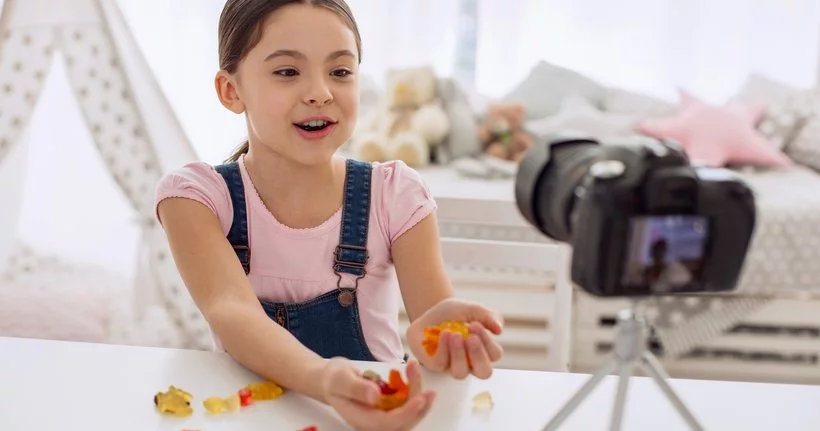The real-time nature of the live streaming means there is no way to edit what is shared. As such, a a child might share something intimate or private if asked, that they otherwise wouldn’t share as a photo or video.
Furthermore, the feedback they receive through comments during live streams or on vlogs could negatively impact their wellbeing. Cyberbullying, hate or comments on their appearance could lead to negative self-image.
Additionally, while many platforms have robust moderation when it comes to live streams, children watching live streams might see inappropriate content. If this does happen, make sure your child knows to report it and speak to you.
Learn more about protecting your child from inappropriate content.





